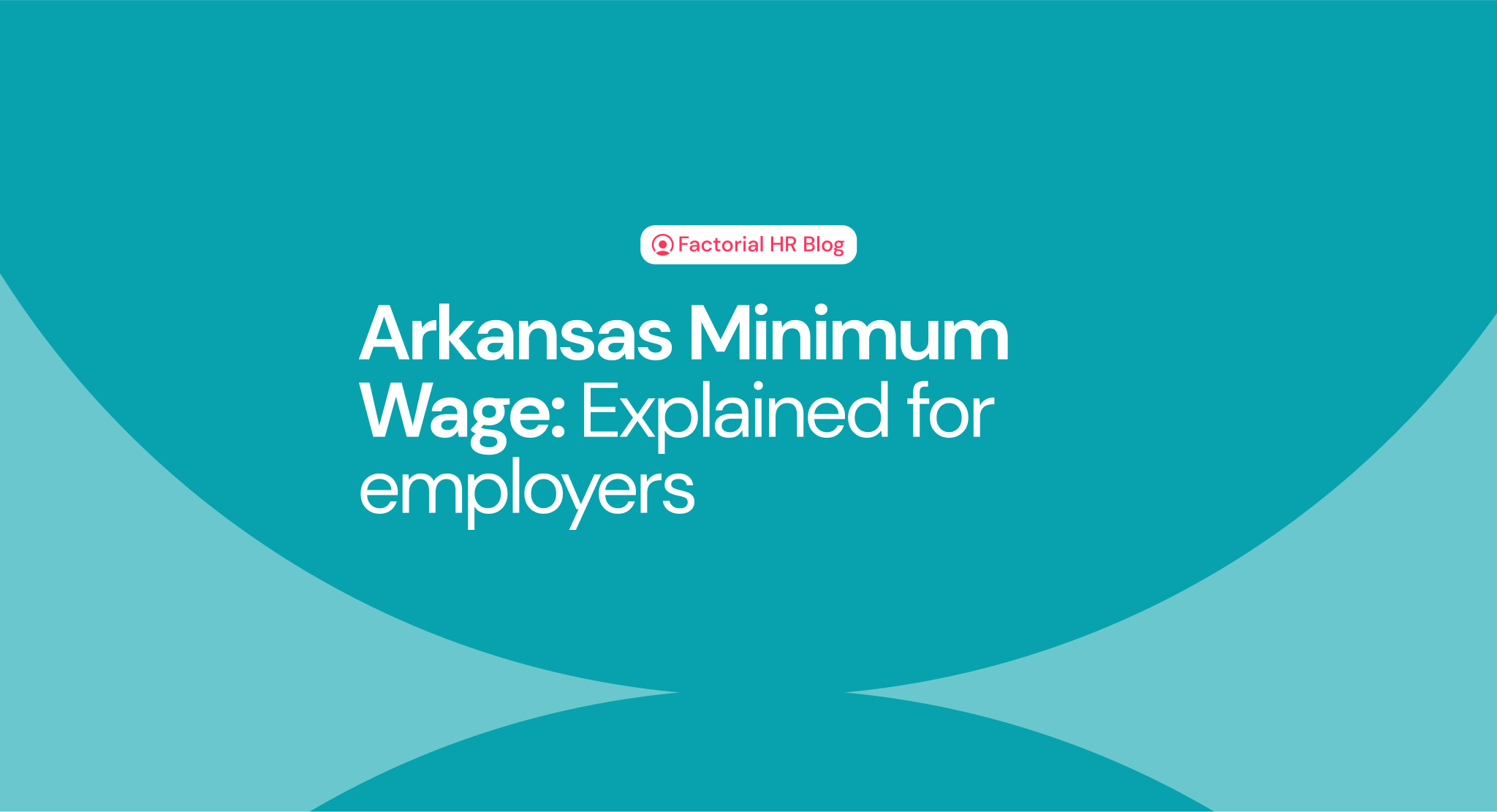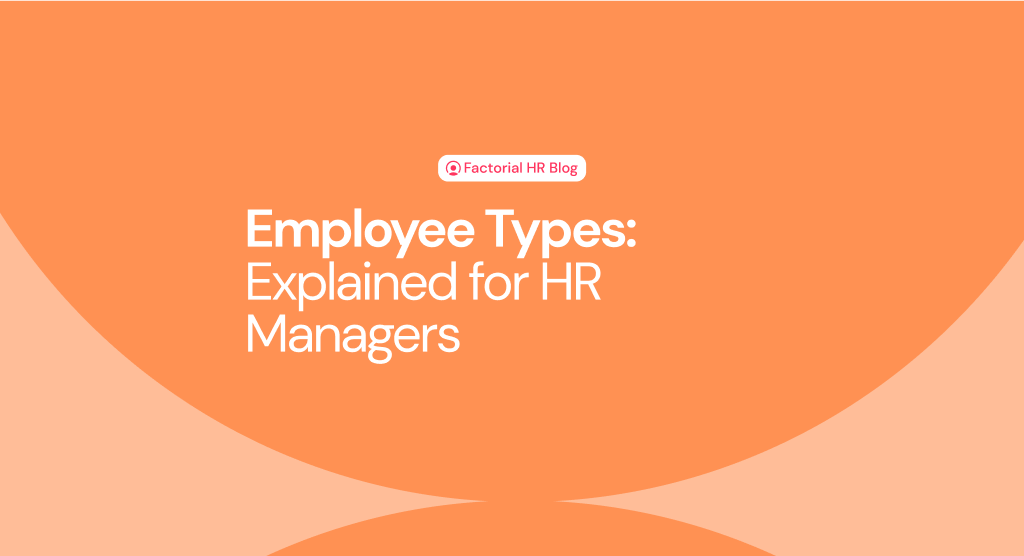As state and local governments inch closer to reopening their economies after weeks of lockdown, businesses must develop plans for how employees can safely return to work. There are many factors to take into consideration and any mistake could have disastrous consequences. How can a business responsibly reopen?
With information directly from the Center for Disease Control (CDC), The Occupational Safety and Health Administration (OSHA), as well as the Equal Employment Opportunity Commission (EEOC), this guide will provide an overview of returnship programs. We’ll help you make a plan to restart business operations and protect employees.
Developing a Response Plan
As the situation with COVID-19 continues to evolve, it is important that businesses stay aware of both local and federal recommendations. Even as shelter-in-place orders remain in effect in some states, other states may have already begun a phased return to work. Policies determining what industries may return to work also vary geographically.
To craft a return to work plan, businesses must think through the steps they can take to ensure a healthy work environment. Firstly, employers will need to make administrative decisions to change policies and norms. It will be important to prioritize high standards of employee hygiene and limit employee congregations. Secondly, employers can use engineering controls, such as improving filtration systems or installing temporary barriers, to further limit transmission.
Furthermore, businesses need to take into account the specific risks and needs of their industry in order to address key issues. For all businesses, clear and open communication around safe work practices is key.
Assess Risks
OSHA provides risk assessment guidelines to help businesses determine the challenges they will face creating a sensical return to work order.
High Risk– This category includes medical workers and support staff routinely exposed to known cases of COVID-19.
Medium Risk– Medium risk jobs, which make up the majority of American jobs, involve frequent contact with people who may be infected. In places without community infection, this includes workers who have close contact with travelers who may carry the infection, such as the airport or public transport workers. However, in places with community infection, any worker with a public-facing job is considered medium risk. For example, this would include retail workers, restaurant staff, or school teachers.
Lower Risk– Those who do not regularly interact with the public or with coworkers are lower-risk workers.
According to their risk levels, businesses will be responsible for offering relevant controls to address potential problems.

Implement a Phased Return to Work
The White House has released guidelines for a phased return to work. The goal of this process is to slowly increase the number of people in the workforce while also keeping transmissions low. To do so, businesses should stagger restart dates for employees who must work in person and continue to encourage telework as much as possible. Only employees who cannot complete work from home should be asked to come into the office.
-
When can infected employees return to the workplace?
If some employees have come down with the virus or symptoms without a confirmed diagnosis, they need to follow the CDC’s protocol before returning to work. They may return to the workplace if:
- At least 7 days have passed since the beginning of any symptoms.
- At least 3 days have passed since their recovery or the end of their isolation.
- They have had no significant temperature for 72 hours, without the use of any fever-reducing medicines such as ibuprofen.
- Respiratory symptoms have improved.
If the employee was exposed to COVID-19 in the workplace, workers’ compensation return to work restrictions may be applicable.
Prepare the Workplace
In addition to any industry-specific adjustments, businesses should ease the return to work process by developing clear policies and standards.
-
Promote Hygiene
Employers should encourage regular handwashing by posting signs and keeping soap dispensers are well-stocked. Providing tissues and hand sanitizer (of 60% alcohol and above) around the office will also boost hygiene. To protect the safety and health of employees, discourage handshakes, high fives, and other forms of contract.
-
Consider Offering Personal Protective Equipment (PPE)
Employers should develop internal policies regarding the use of PPE. Many state governments require individuals to wear face masks if they cannot practice social distancing. For example, New York State requires employers to provide facemasks to employees who interact with the public. Consider employees that will need masks or gloves to safely do their jobs and make sure they have access to the equipment they need.
-
Increase Cleaning
Employers will need to take extra care to keep high-touch surfaces clean. Frequently cleaning door handles, elevators, workspaces, and bathroom is of the utmost importance. Therefore, employers may consider hiring extra cleaning staff to meet increased cleaning demand.
-
Implement Engineering Controls
Where necessary, businesses may develop strategies to reduce face-to-face contact between employees and customers or the public. For example, employers may wish to install physical barriers between desks in open office settings
-
Limit Shared Workspaces
Employers should find alternatives if employees typically share equipment such as computers, telephones, or workspaces. Further, spaces where employees typically congregate, such as pantries or common rooms should remain closed.
Facilitate Social Distancing
As employees return back to work, employers should encourage and facilitate social distancing as much as possible. Current recommendations dictate that individuals remain six feet away from other people at all times. This may be difficult in small office environments. Employers may consider:
- Reducing the number of employees in the office by encouraging telework
- Spreading work stations to create more space between employees
- Implementing one-way hallways where there is limited space
- Placing a limit on occupants of the lavatory or elevator
- Creating time slots for particular departments to use any facilities to avoid crowds
By upholding the same social distancing practices employees use in the other parts of their lives, they minimize the risk of transmission at the office.

Maintain Healthy Business Operations
With employees back at work, businesses need to reconsider behaviors that used to be routine in a pre-COVID-19 world. Offering clear policies and continuity plans will support returnship and accustom employees to necessary shifts in practice. All of the below are keys to managing your remote workers well.
-
Training
Communication is key to getting all return employees on the same page. To make sure everyone has the most up-to-date information about company policies, businesses might want to create a handbook or (virtual!) training module.
-
Virtual Meetings
Even if employees are back on the worksite, it is a good idea to keep meetings virtual. This will include employees who may still be teleworking and will allow everyone to maintain social distance. There are many tools to help optimize your work from home environment.
-
Travel
Both the White House and the CDC currently discourage nonessential travel. This is to say that employers should review their travel policies and try to discern what, if any, travel is necessary. If travel is unavoidable, businesses should develop comprehensive travel guidelines. Implementing CDC recommendations and appropriate use of PPE when traveling may help limit exposure.
-
Teleworking
As businesses implement a phased return to work, they should encourage those who can to remain working from home for as long as possible. Keeping just a skeleton crew in the workplace is safer for everyone. Consider offering time slots for workers to stop by the worksite if they need to pick up materials.
-
Visitors
Businesses should determine whether to allow visitors in the workplace. If visitors are inevitable, businesses should identify strategies for getting them up-to-date and in compliance with policy and regulations. Employers may also wish to restrict visitor access to certain floors or conference rooms to limit exposure.
Ensure Employee Health
As they reopen, businesses need to ensure that sick employees do not return to work and support for mental health is offered. It is vital that they stay home, not only so they can fully recover, but to avoid spreading the infection. Laws governing health screening rules have temporarily shifted. It is vital that businesses are aware of their rights.
-
Encourage Sick Employees to Stay Home
American workers often prefer to go to work instead of calling in sick, perhaps because of social stigma. Therefore it is vital that businesses create a culture that supports and encourages employees to stay home.
-
COVID-19 Testing
The EEOC has advised that, given the current circumstances, employers are permitted to administer COVID-19 tests before to employees before they enter the workplace. Employers must ensure that the tests are reliable and should bear in mind that there may be incidences of false-negatives or false-positives.
-
Temperature Screenings
Given the scarcity of tests, it may be more practical for businesses to screen employee temperatures. The EEOC is allowing businesses to measure the temperatures of employees (and visitors) entering the worksite. Employers should remember that this method offers no guarantees. Not all those who are infected will have fevers, and not all fevers will be from COVID-19 infections. Businesses may keep a log of the results so long as it is confidential.
-
Soliciting Health Information from Employees
Currently, employers may ask employees medical questions to determine if they have, have had, or have been exposed to COVID-19. To avoid breaching privacy, employers should not ask employees if they have a family member who has exhibited symptoms of the virus. Instead, they can inquire whether employees have had contact with “anyone” who has been diagnosed with or exhibited symptoms of COVID-19. Businesses must keep all health information confidential.
-
Employee Exclusion
Employees are currently authorized to exclude those diagnosed with COVID-19 or exhibiting symptoms from the workplace. Symptoms may include, fever, cough, chills, sore throat, and loss of smell or taste. If an employee declines testing or refuses to answer questions, they may also be barred from the workplace.
-
Confidentiality
The Americans with Disabilities Act (ADA) requires employers to keep all employee medical information confidential. Medical information also should be stored separately from an employee’s personal files.
Be Flexible During the Return to Work
As employees return to work, businesses will need to prioritize flexibility. The early days of reopening will be a far cry from business-as-usual and it will be up to employers to restructure with the flexibility employees need.
-
Paid Sick Leave
If an employee should fall ill, they must be encouraged to stay home. The Families First Coronavirus Response Act (FFCRA) obliges employers of fewer than 500 employees to provide two weeks of paid sick leave. If school closures require employees to care for their children, they are eligible to receive an additional ten weeks of partially-paid sick leave (up to $200 a day). Additionally, businesses should remain cognizant of the terms of sick leave required by their local governments as well.
-
Prioritize Employee Needs
Employers should be prepared to adjust work schedules around employees’ needs. Because of school closures, many employees may need to care for children. Similarly, elderly family members may need additional support during this time. Businesses may support employees by finding a schedule that fits with employees’ expanded responsibilities. This means that full time workers may end up keeping a part time schedule for now.
-
Stagger Shifts
Having a smaller staff at the worksite can help facilitate social distancing. Employers use staggered shifts not only to keep occupancy at a minimum but to allow workers to work when they are available. For instance, employers can have certain workers come in on certain days and gradually build until the entire workforce is present.
-
Accommodate Vulnerable Employees
Employers must be aware of high-risk employees who are vulnerable to COVID-19. According to the CDC, the elderly, immunocompromised adults, and pregnant women constitute the most vulnerable population. This is to say that employers have an obligation to accommodate these workers’ needs. According to the White House, high-risk individuals should continue to self-quarantine through at least the first phase of reopening the economy.
A New Normal: After the Initial Return to Work
Even once all employees return to work, it will take a while for things to return to the way they were before. In these times, open communication is invaluable. Meanwhile, employers should regularly check in with employees to make sure that they understand new protocols. Given the uncertainty of these circumstances, it is vital that employers stay on top of new developments. Government recommendations will change as the pandemic progresses.
By taking health and safety measures seriously, employers can protect and lead their workforce through these difficult times. This crisis may provide an opportunity for businesses to inspire their employees. Certainly, implementing a responsible return to work policy is the first step on the road to recovery.
Plan your phased approach back to work while Factorial manages your HR processes.
Written by Valerie Slaughter










